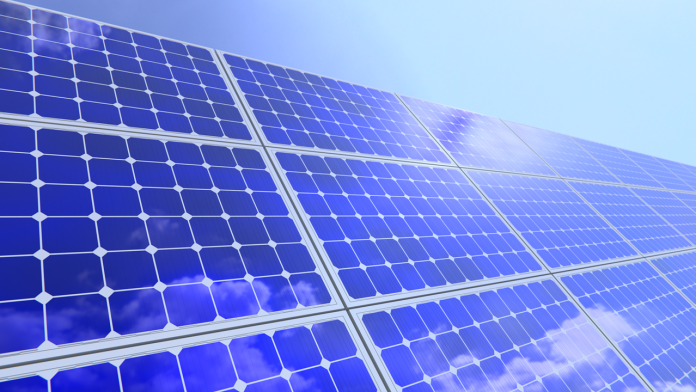This post is also available in:
 עברית (Hebrew)
עברית (Hebrew)
Researchers from China developed a new approach to safely recycle solar panels in an environmentally friendly way that is also more energy efficient and addresses the concerns of a future solar waste crisis.
The world has seen a surge in the adoption of solar cell technology to meet energy demands along with the move away from fossil fuels. However, along with these huge solar farms come concerns about the waste that will remain after the panels finish their life cycle.
Although the technology to recycle components like silicon, silver, and aluminum technically exists, it generates toxic waste that is difficult to dispose of. Researchers at Wuhan and Northeastern universities in China addressed these concerns by developing an eco-friendly approach to recycling solar panel components using salt water.
According to Interesting Engineering, current solar panels are made of an aluminum frame and backing, a glass cover with a non-reflective coating, and solder connecting the wires. While both the aluminum frame and glass cover can be easily removed and repurposed, separating the high-quality silicon in the solar cell from its silver wiring requires dissolving these high-value components, which can be extremely tricky. The researchers replaced the acids widely used today with a molten mixture of sodium and potassium hydroxide (NaOH/ KOH) that is highly reactive.
They discovered that the best method is a two-second dip followed by one to two minutes at 200 degrees Celsius (the short exposure allows layers of material to separate while remaining largely intact). Using this method enables the researchers to recycle almost every single material used in the solar panels.
The mixture used can reportedly be concentrated and reused for another recycling round when required, and the only waste products from the entire process are sodium silicate and sodium aluminate – both non-toxic and have wide industrial uses.
The researchers conducted a life cycle assessment and concluded that recycling one kg of solar panels with this innovative approach reduced carbon emissions by 14 kg and power usage by a factor of 220. They are confident that by scaling up and automating this approach, we can handle any volume of solar panels when they reach the end of their life cycle.


























